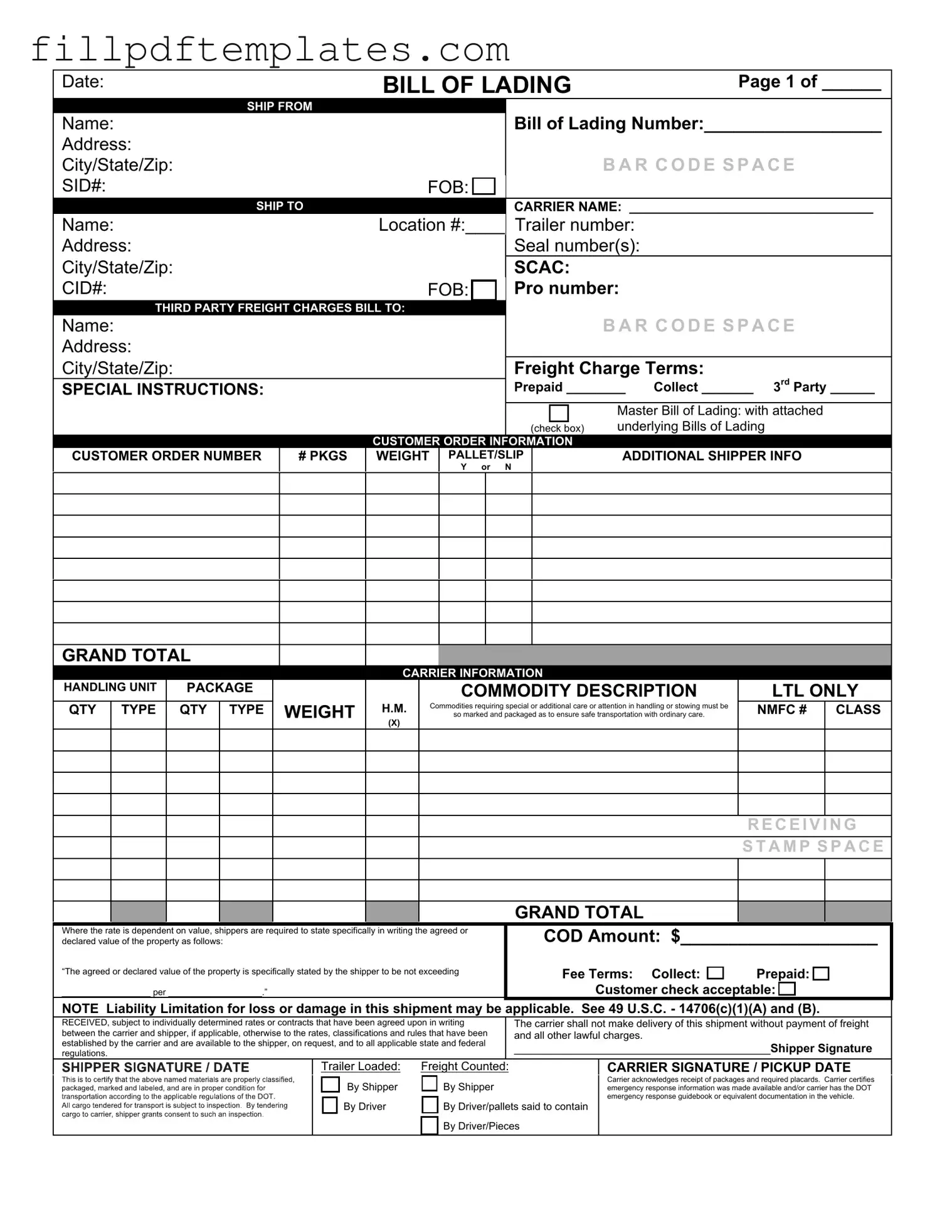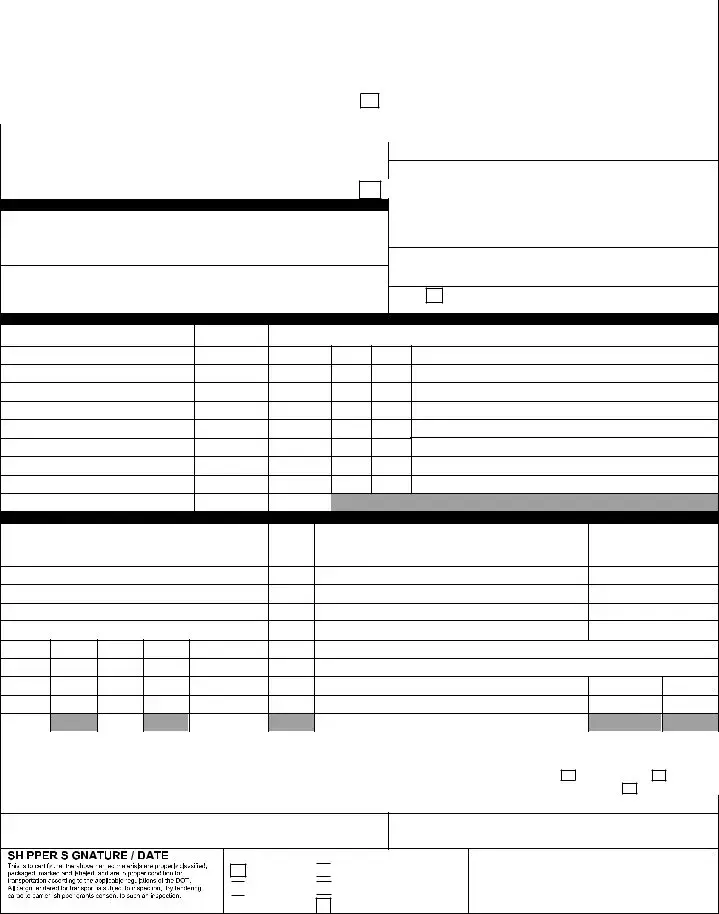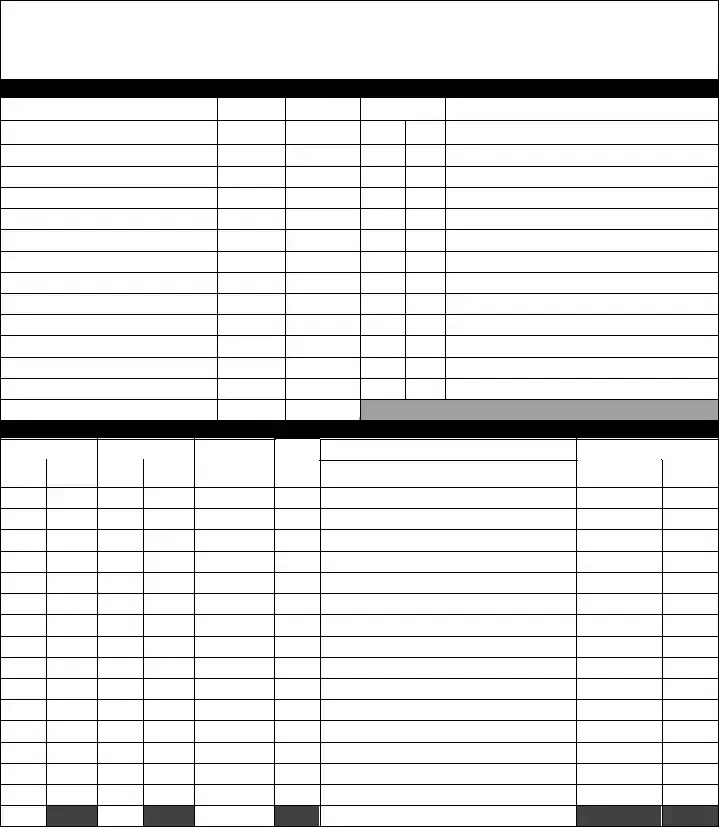The Bill of Lading with a Supplement form plays a crucial role in the shipping and transportation industry, serving as a vital document that outlines the terms and conditions of the shipment. This form is not merely a receipt for goods; it also acts as a contract between the shipper and the carrier, detailing essential information such as the type of goods being transported, their quantity, and the agreed-upon delivery terms. In addition to the primary details, the Supplement section allows for the inclusion of additional provisions or modifications that may arise during the shipping process. This flexibility ensures that both parties can address unique circumstances, such as special handling instructions or changes in delivery schedules. By facilitating clear communication and documentation, the Bill of Lading with a Supplement form helps to mitigate disputes and enhance the overall efficiency of logistics operations. Understanding its components and significance is essential for anyone involved in shipping, whether you are a shipper, carrier, or logistics manager.


 to certify that the above named materials are properly classified, packaged, marked and labeled, and are in
to certify that the above named materials are properly classified, packaged, marked and labeled, and are in proper condition for transportation according to the applicable regulations of the DOT.
proper condition for transportation according to the applicable regulations of the DOT.
 By Shipper
By Shipper
 By Driver
By Driver 
 By Driver/pallets said to contain
By Driver/pallets said to contain